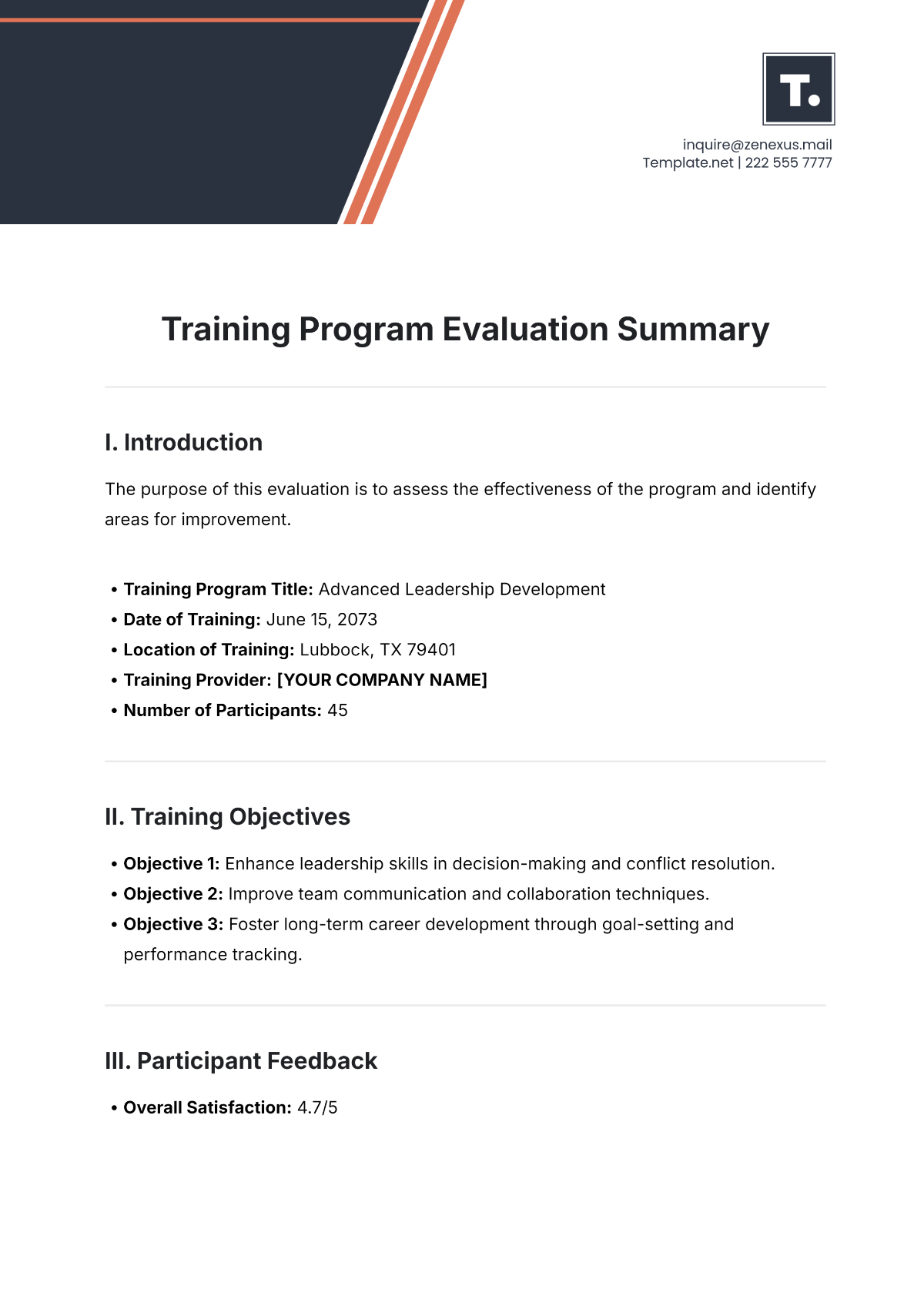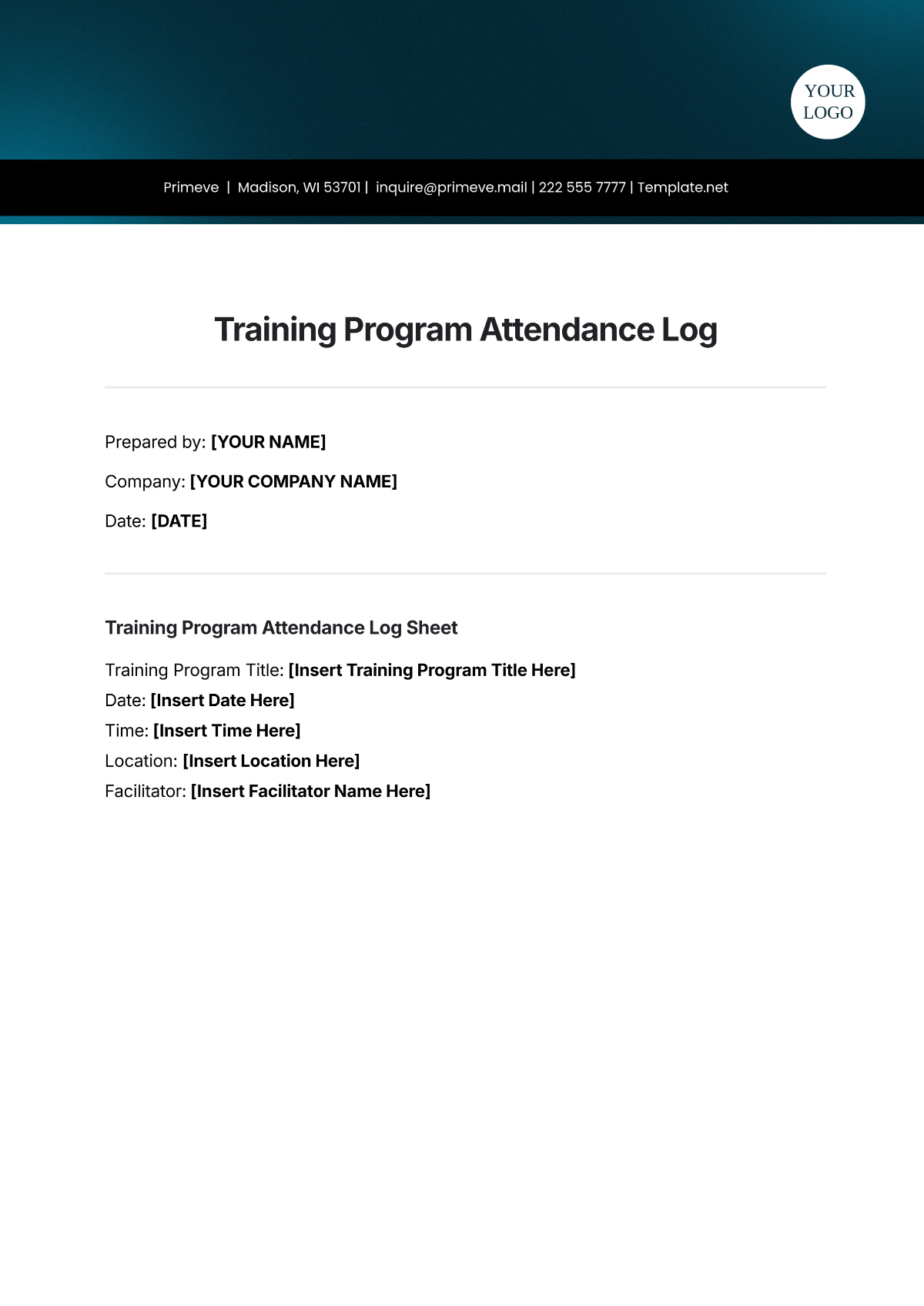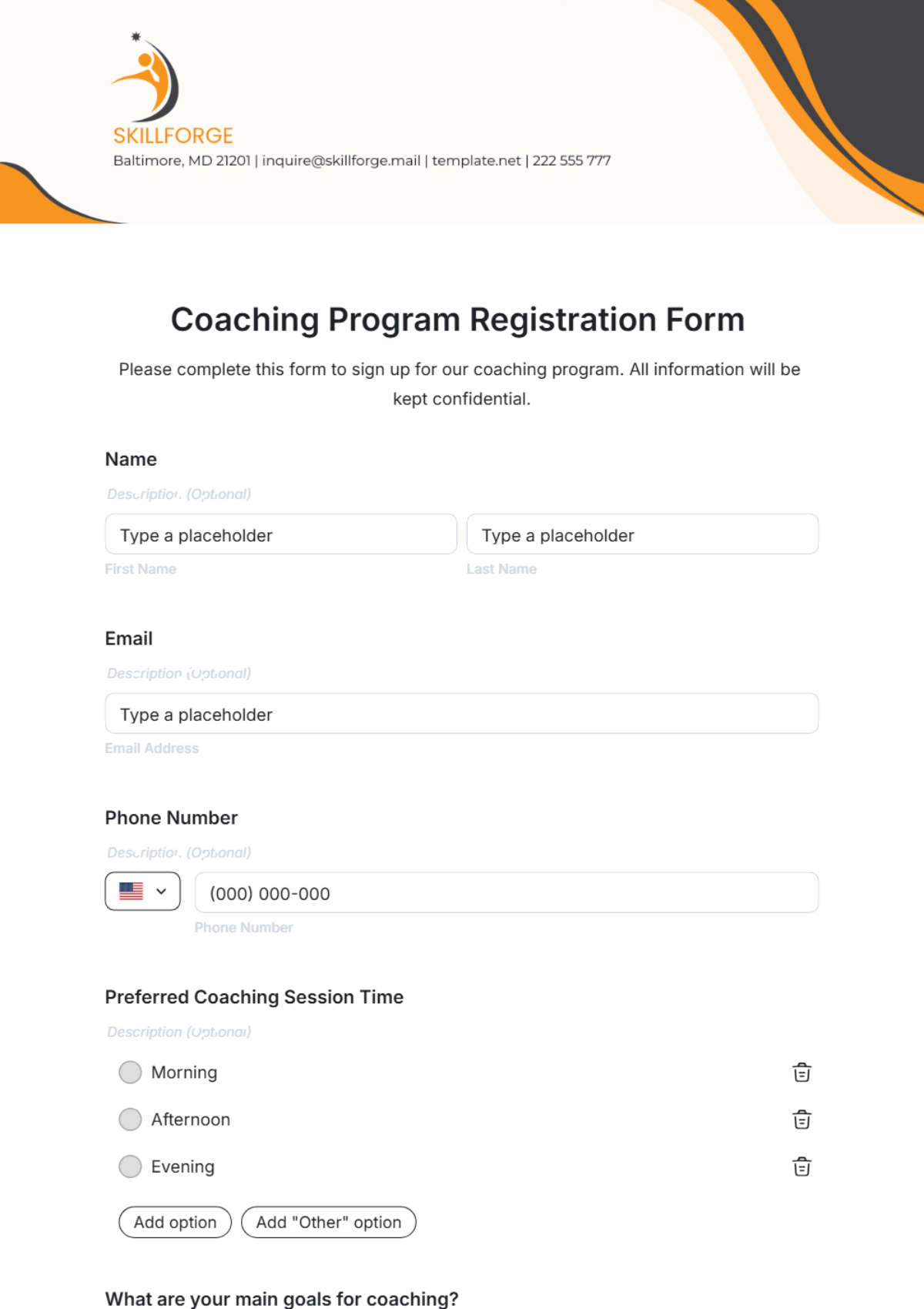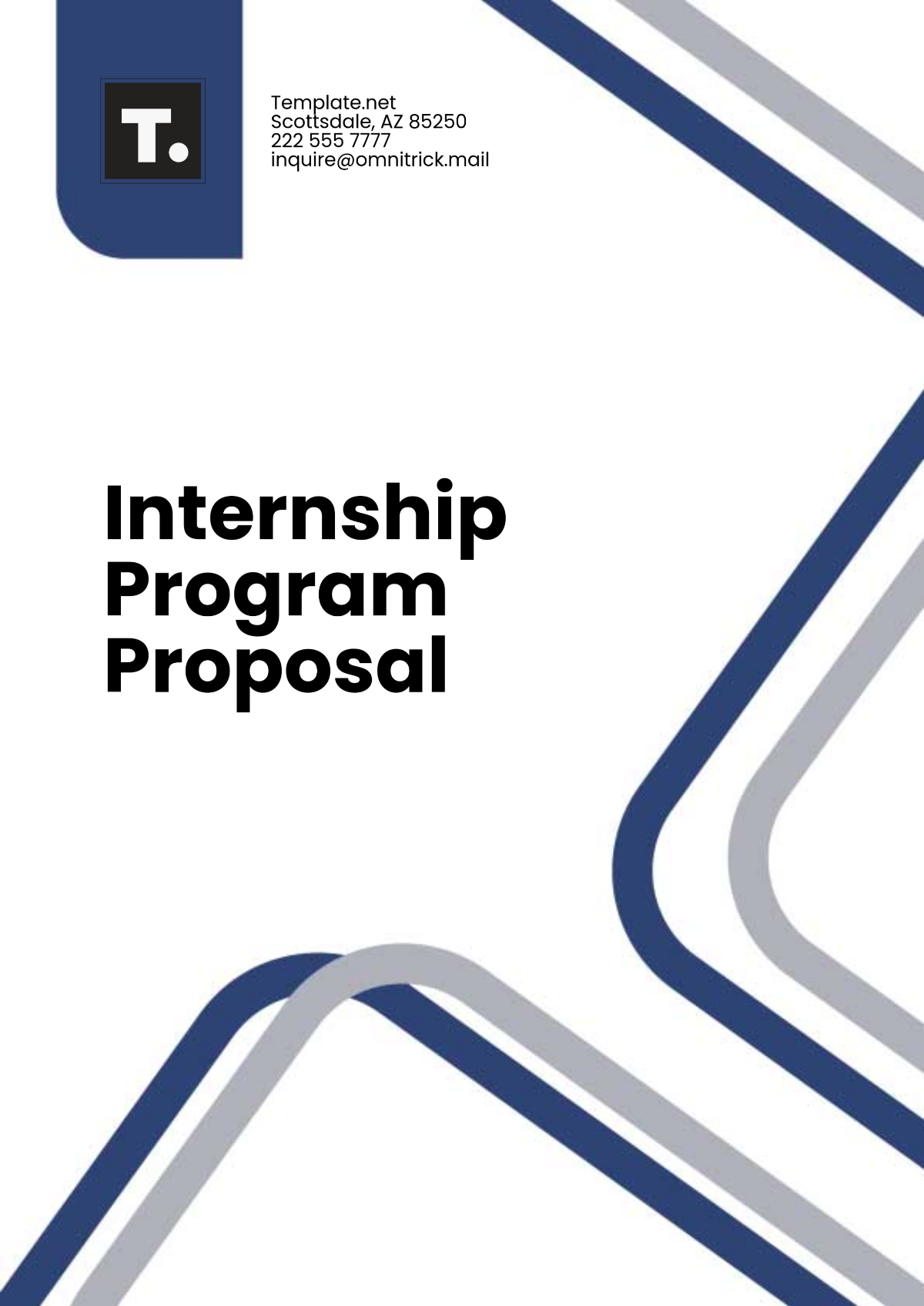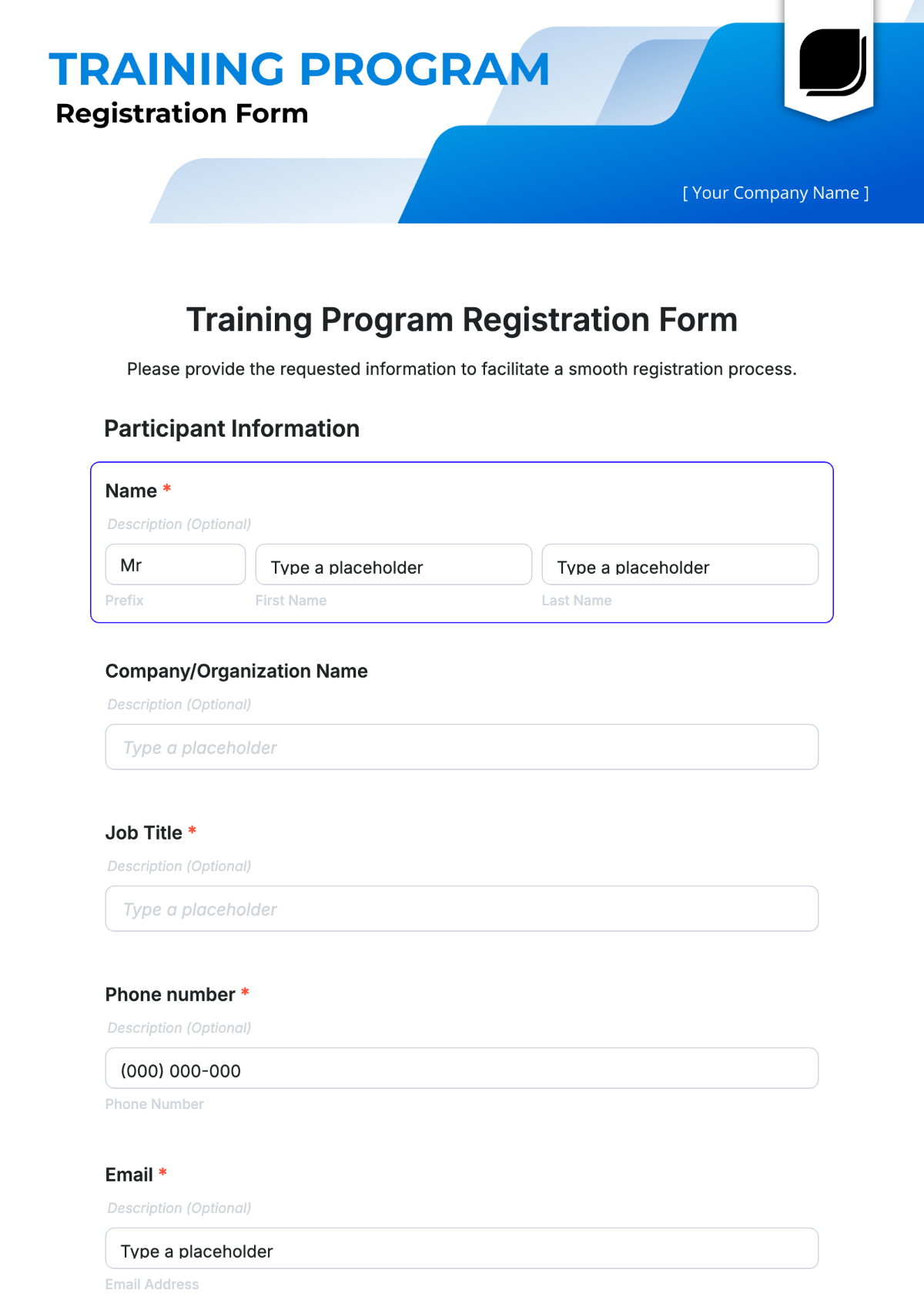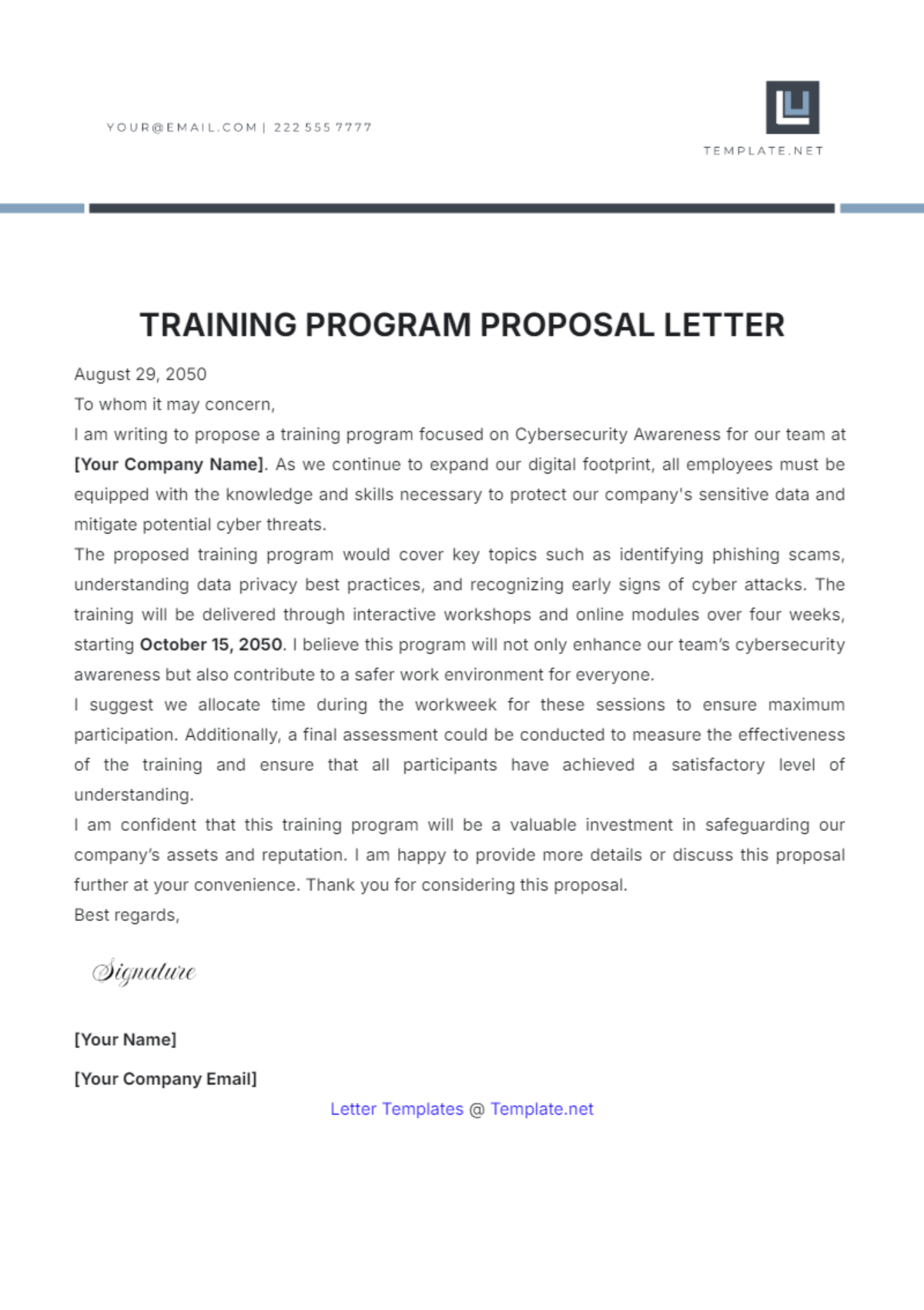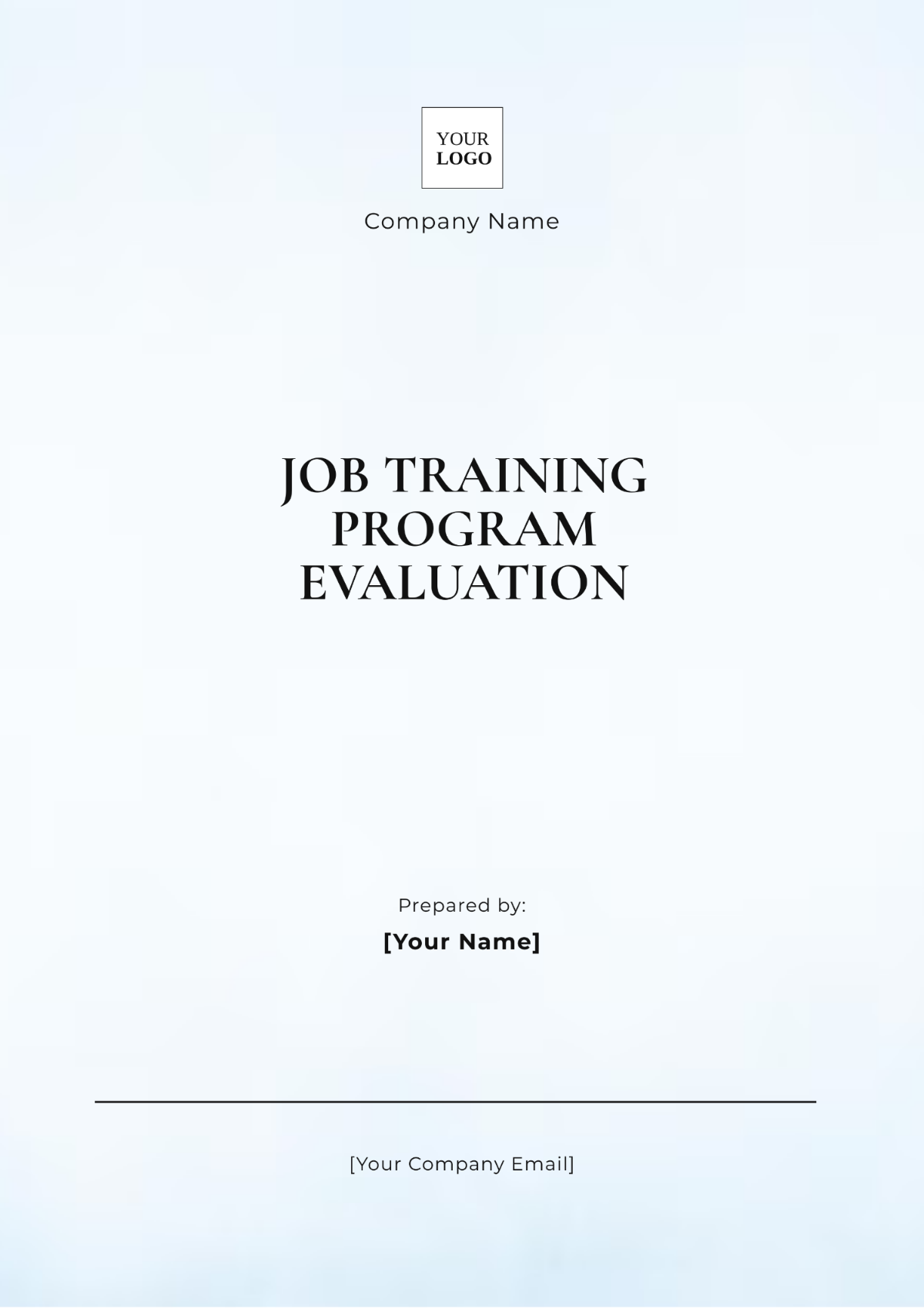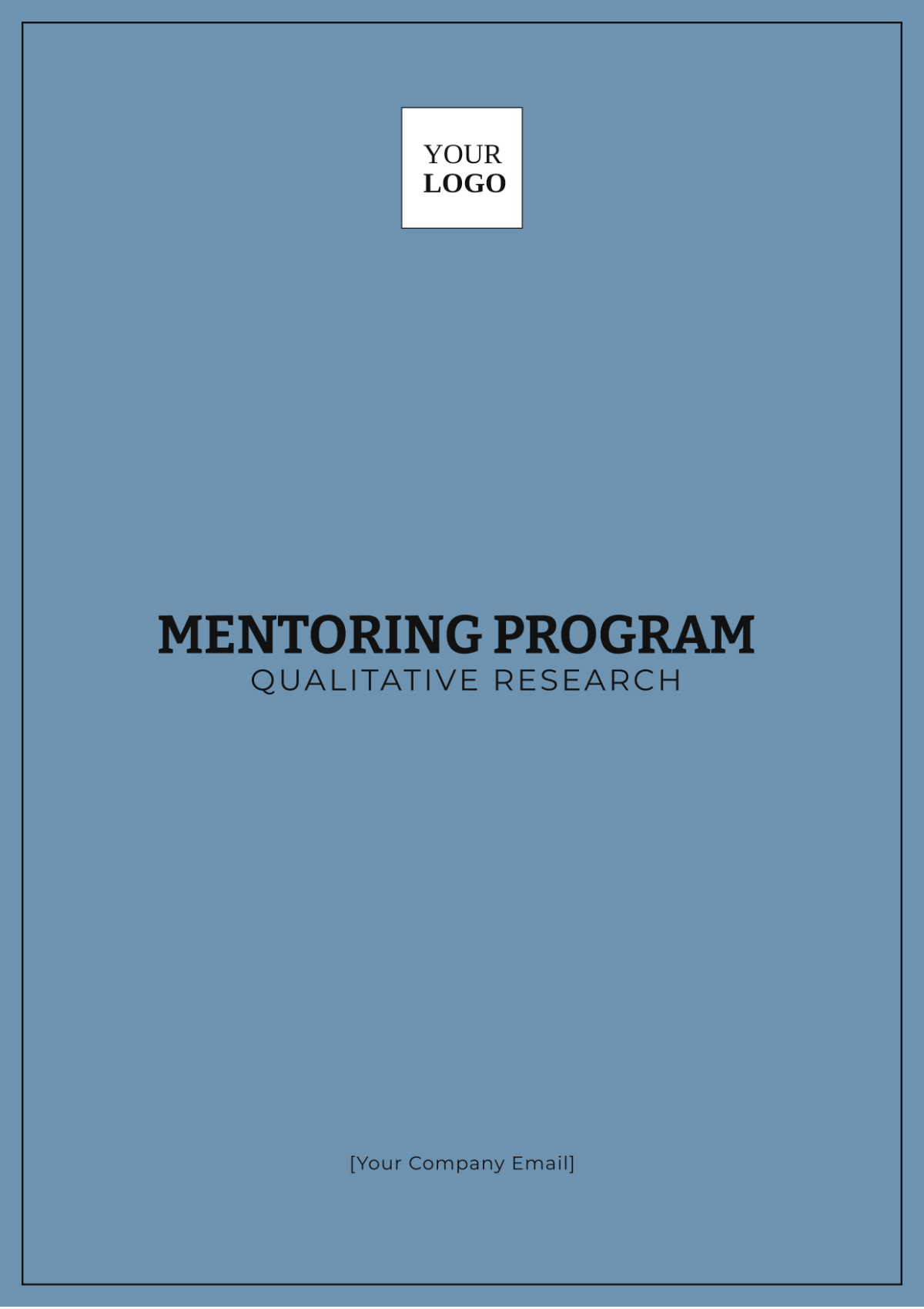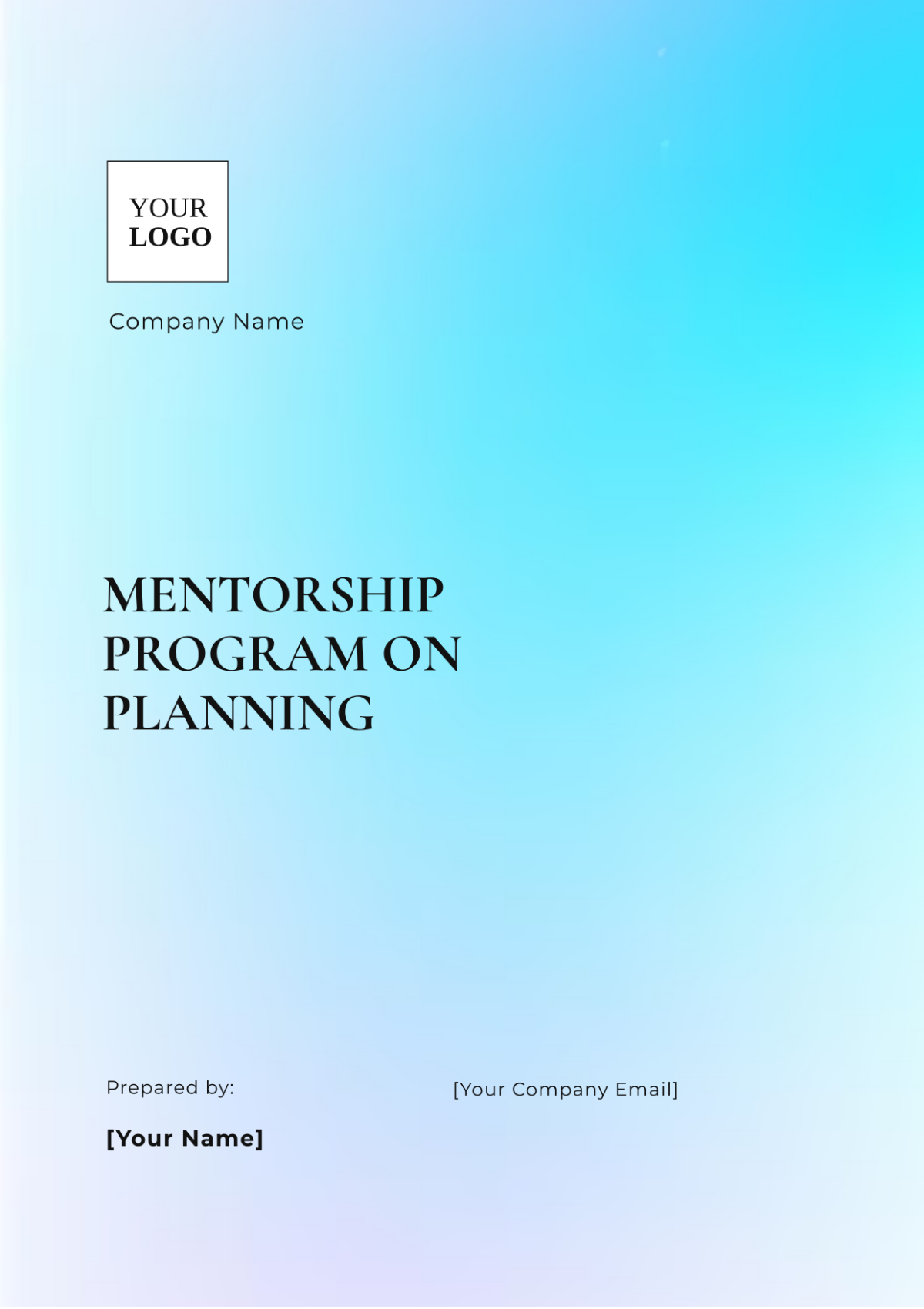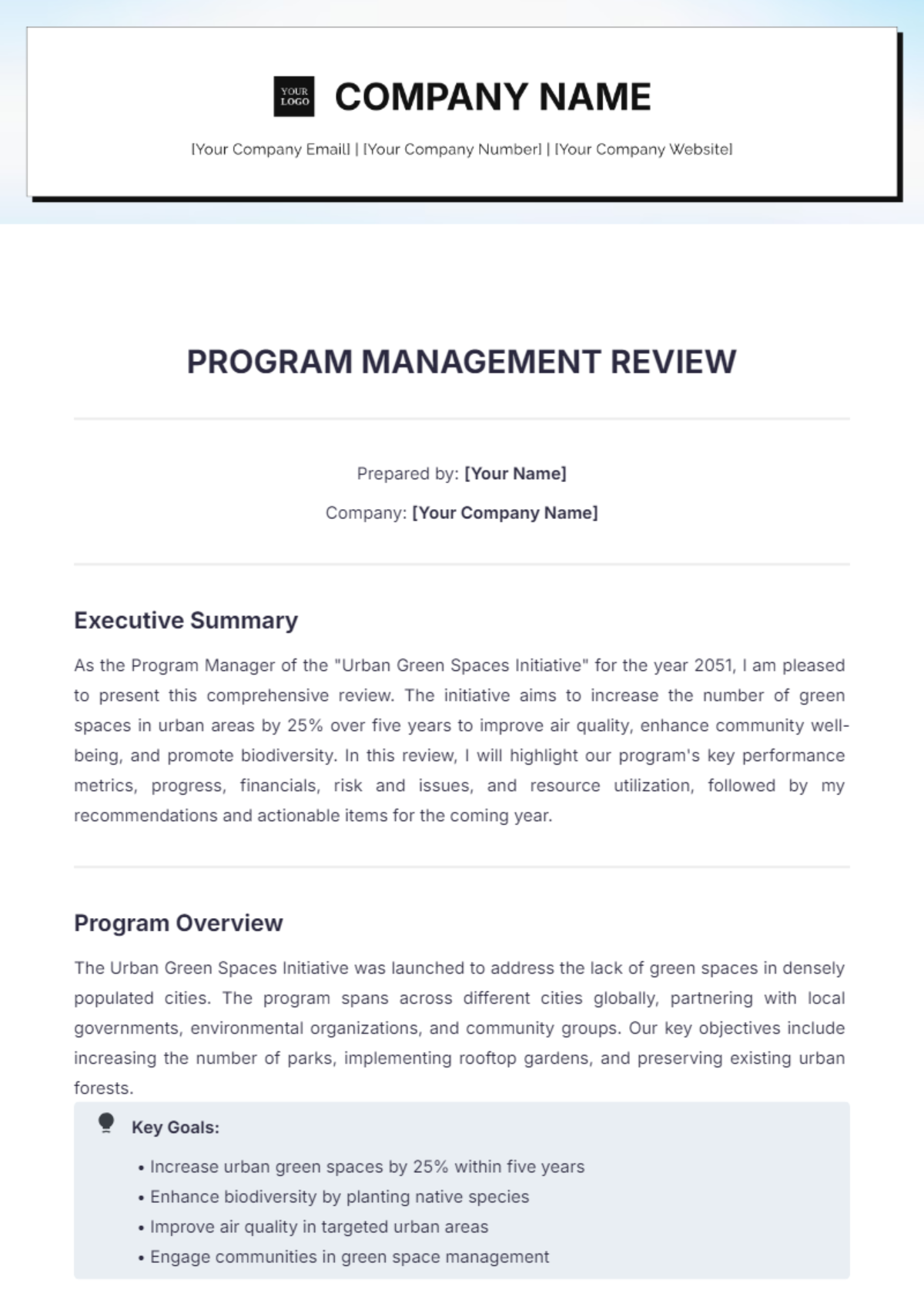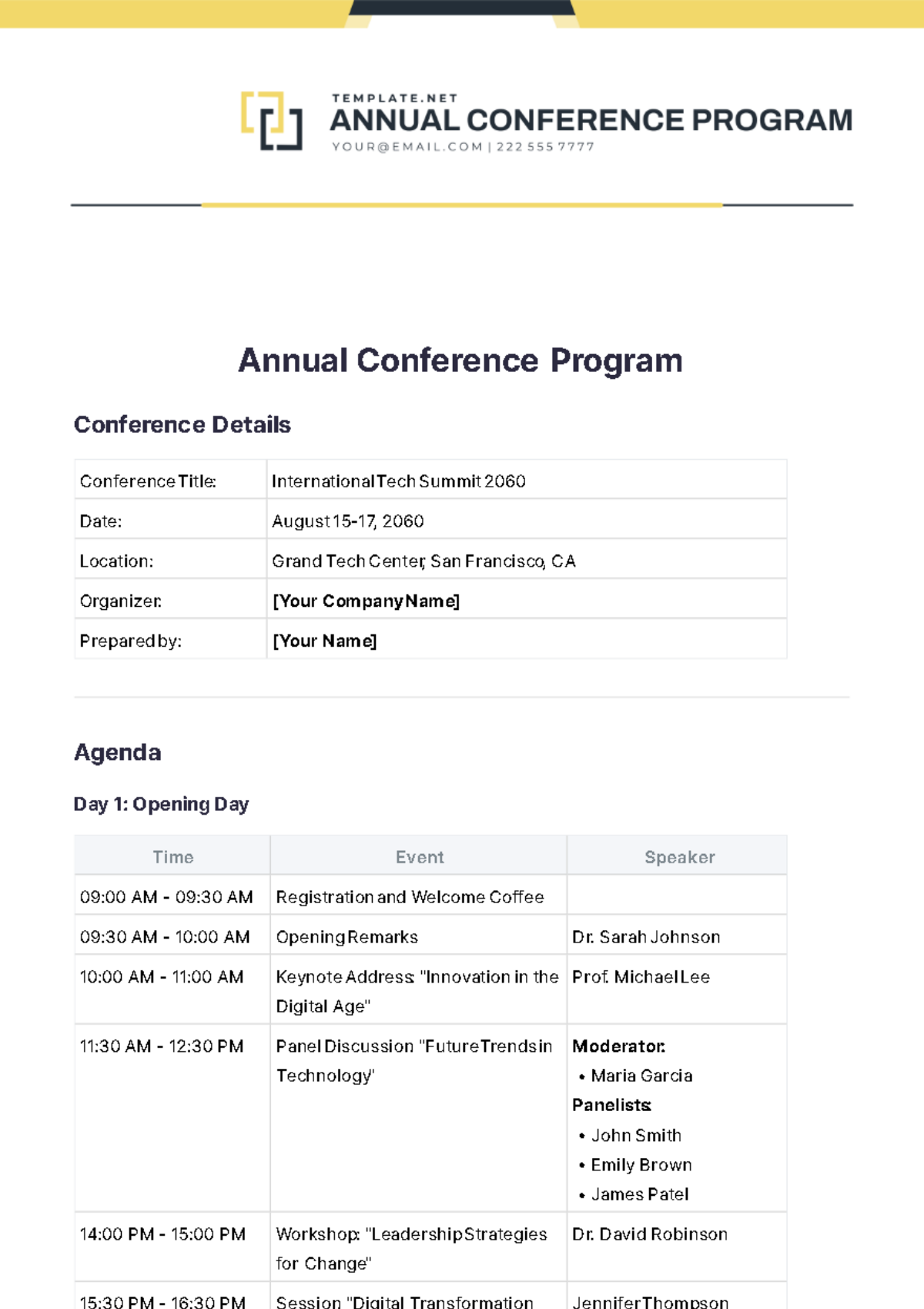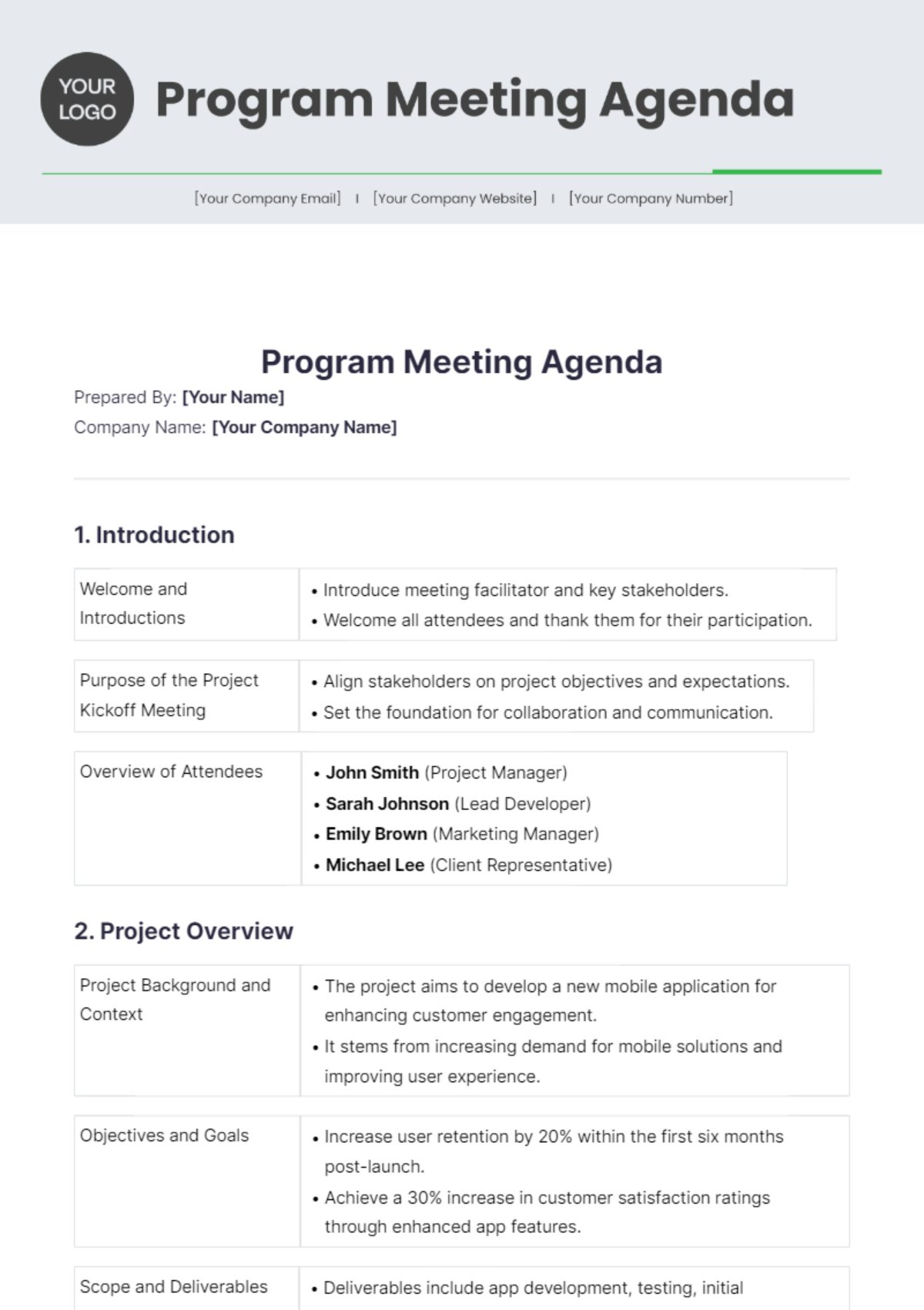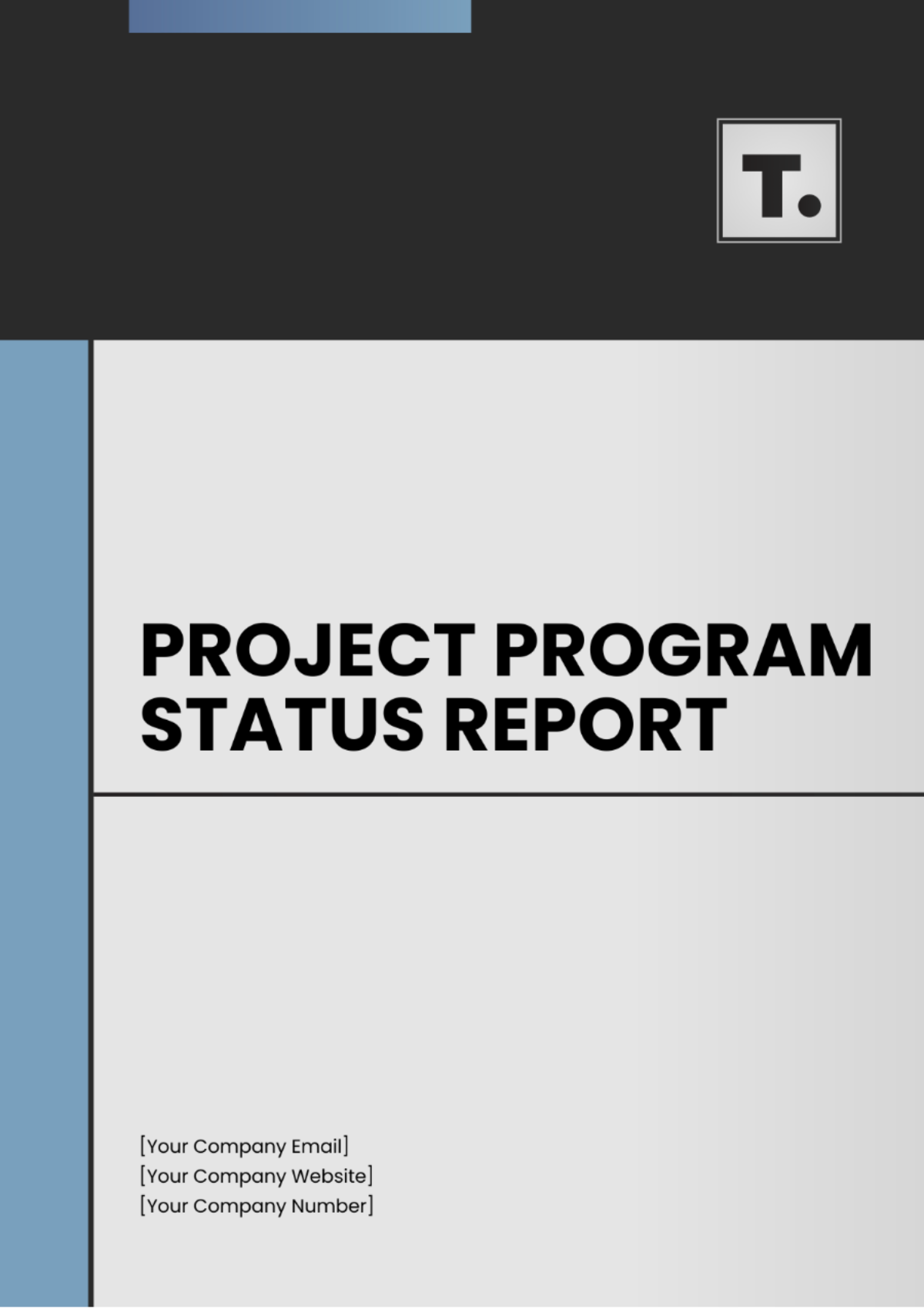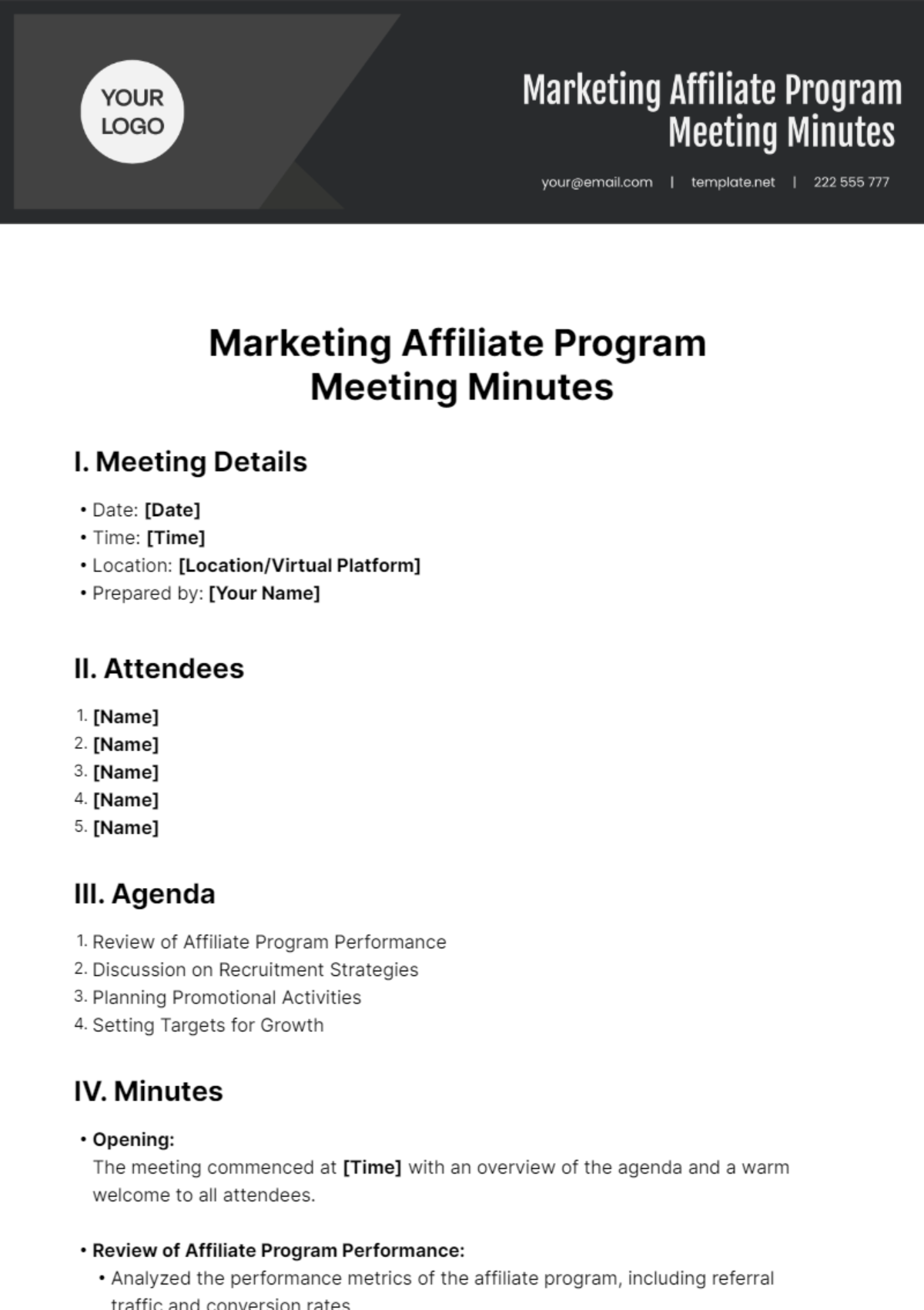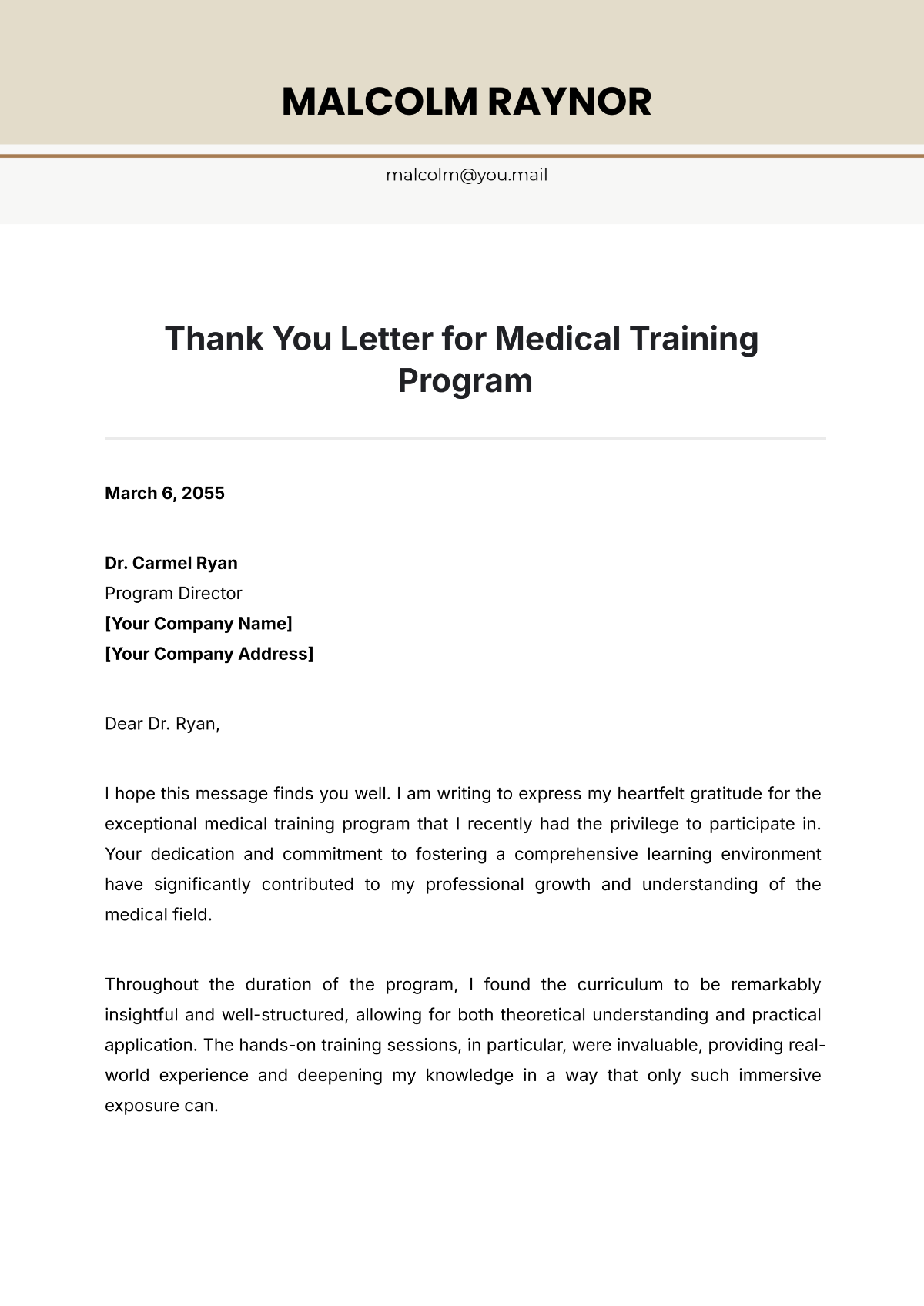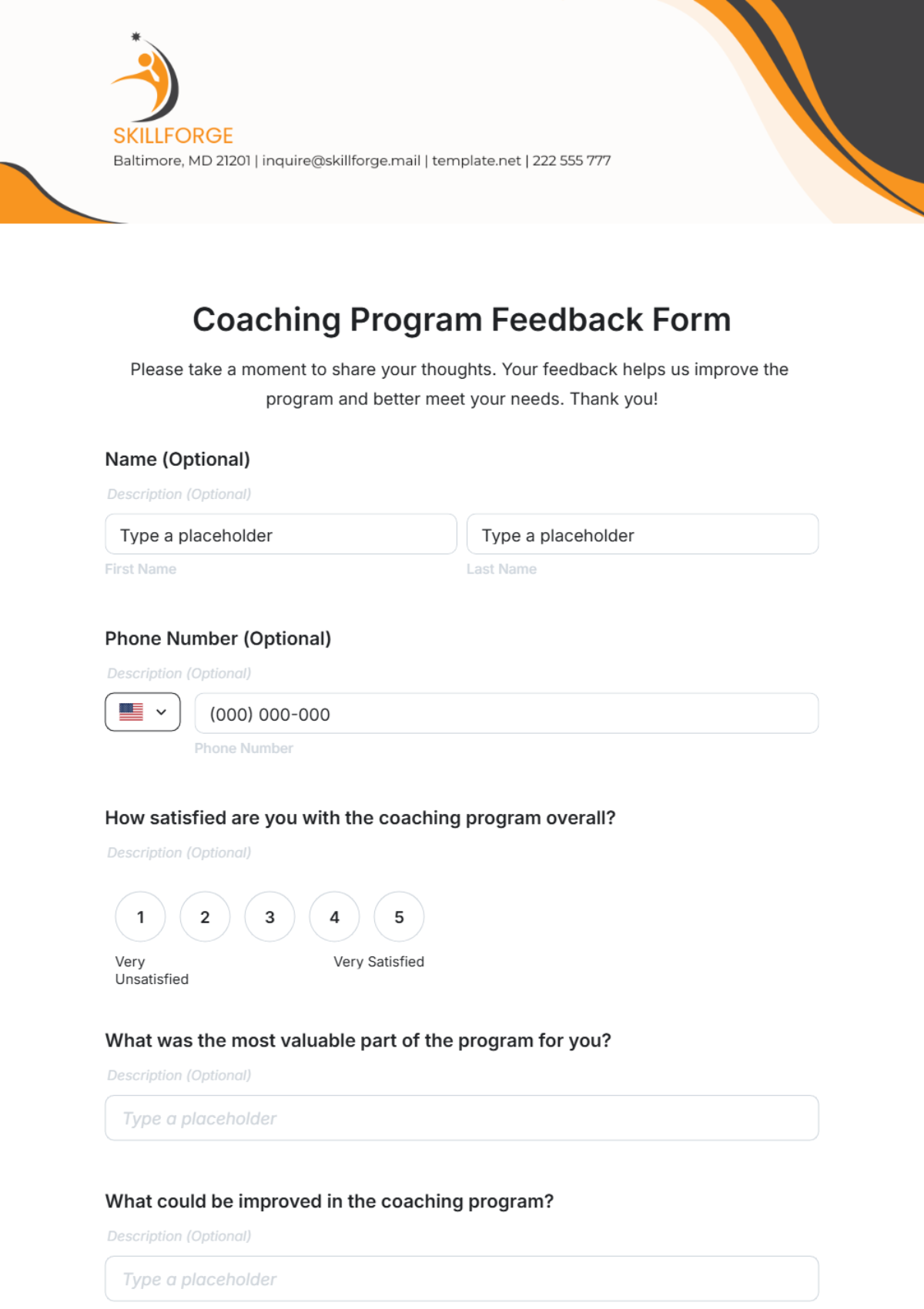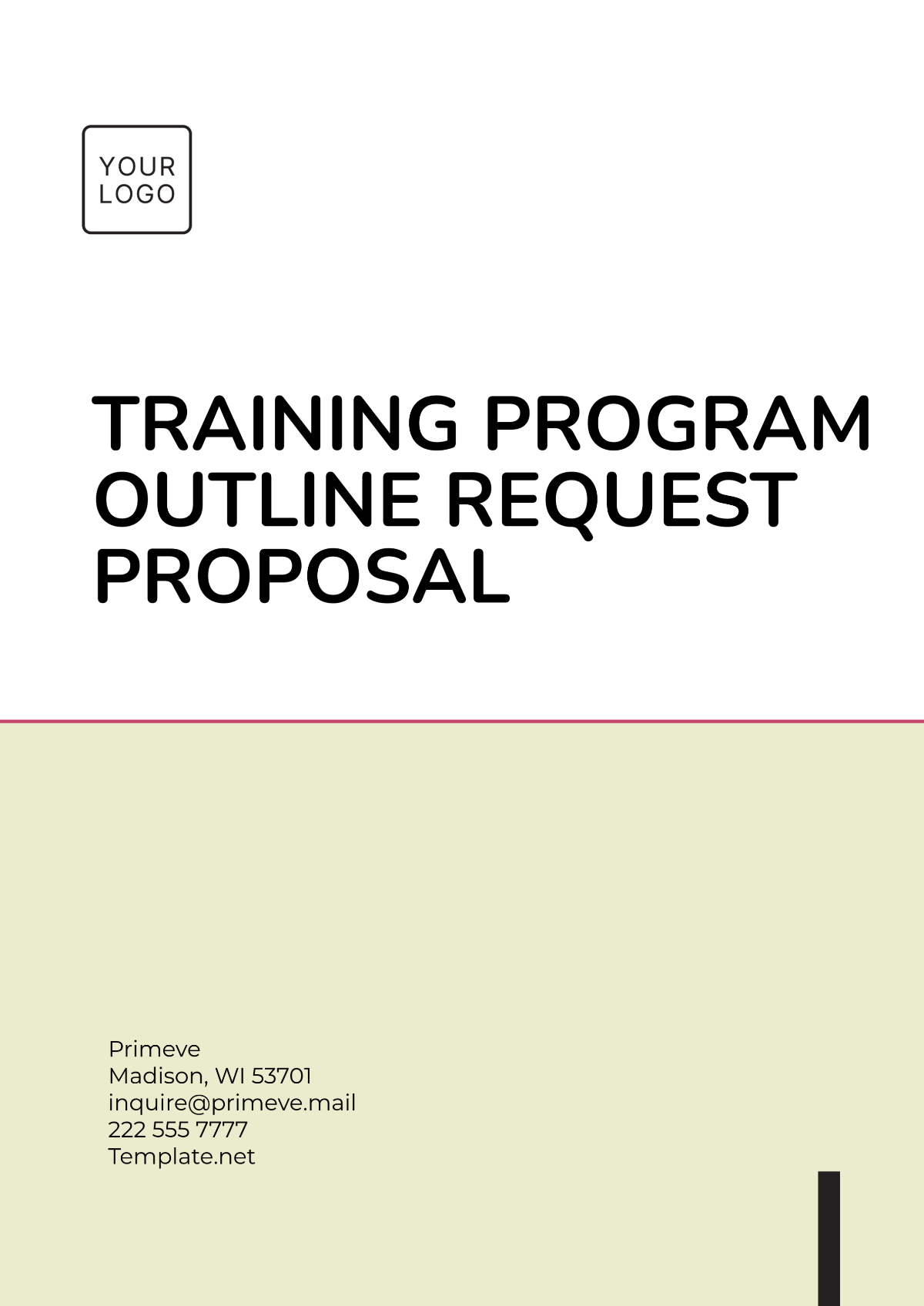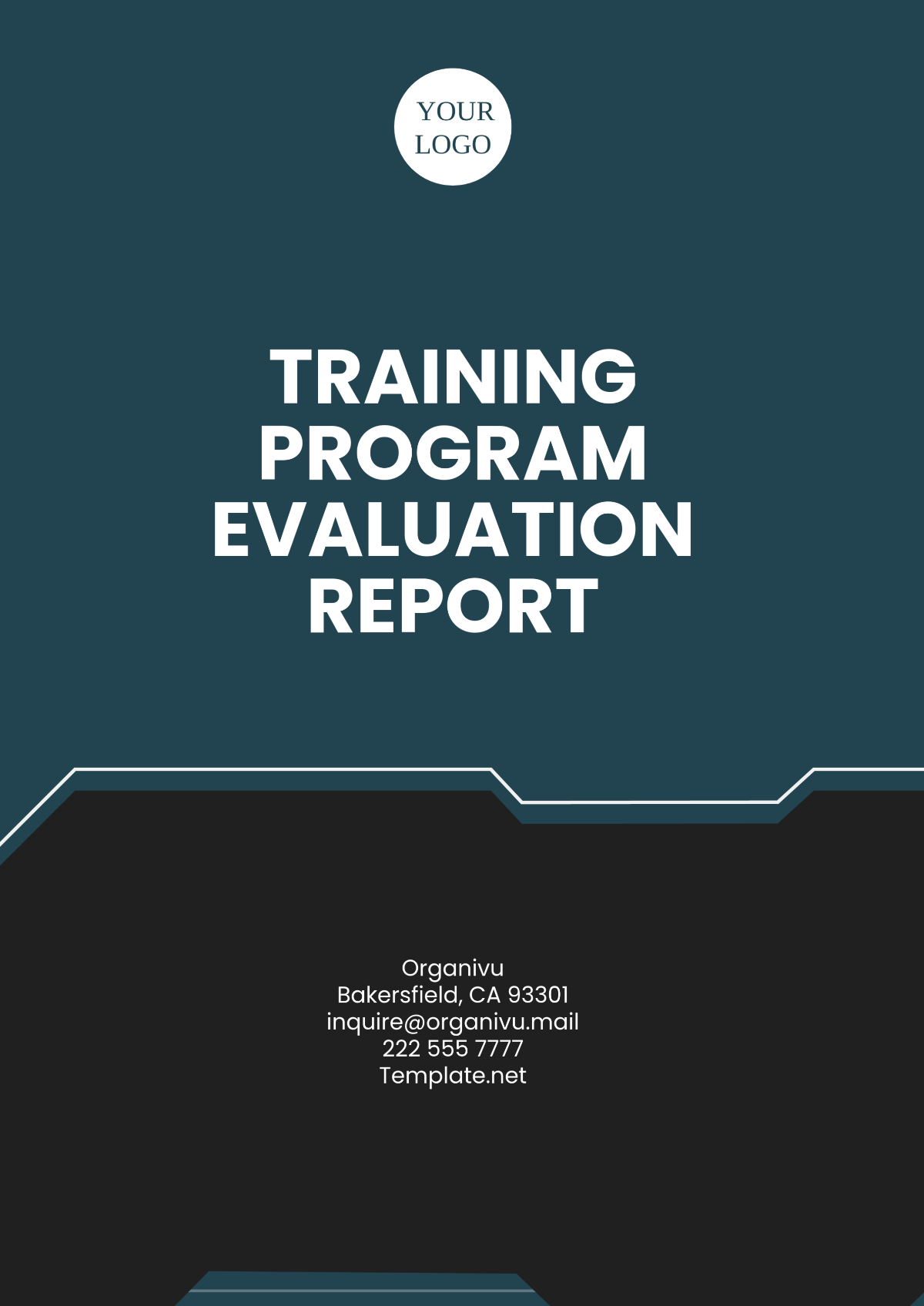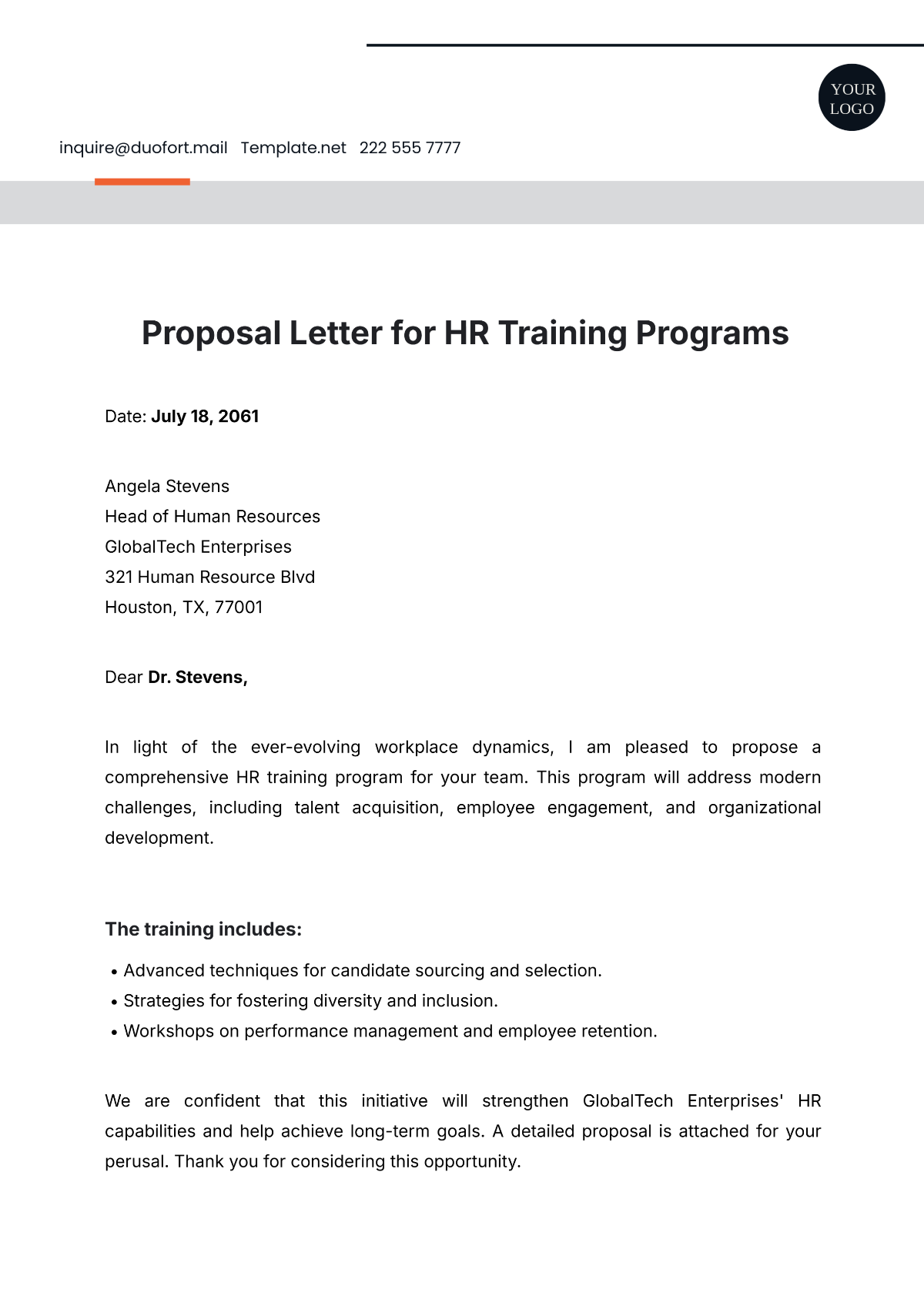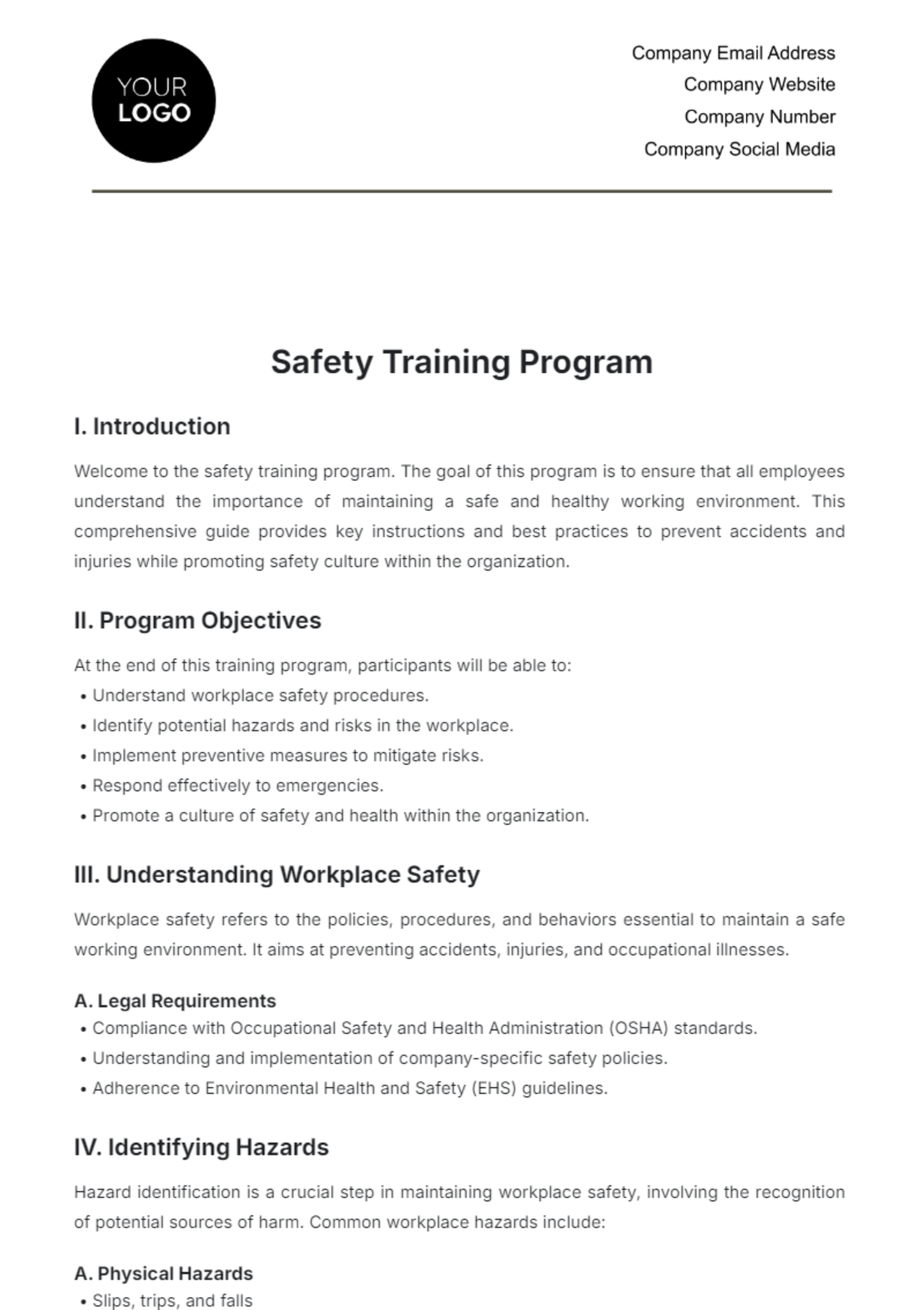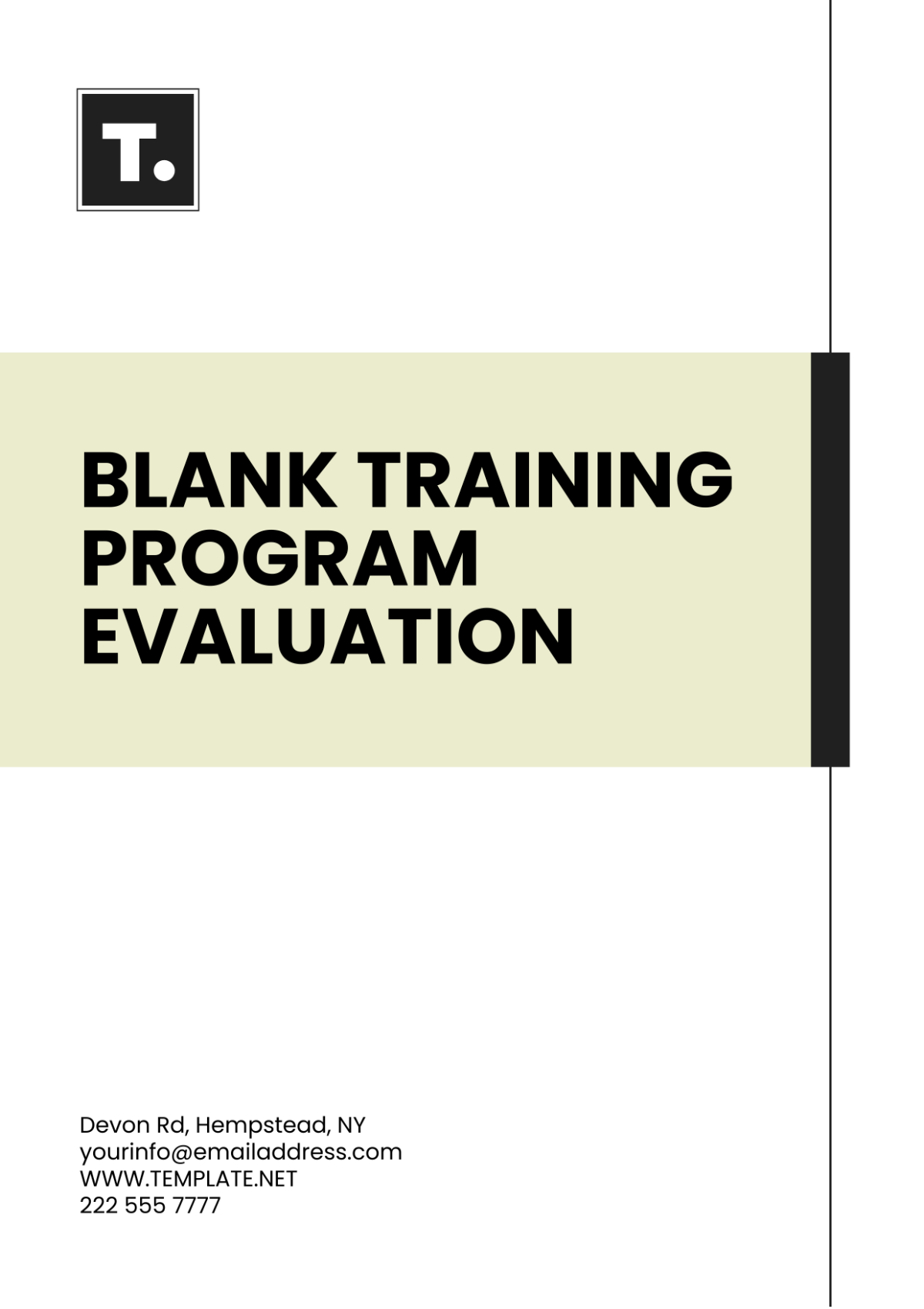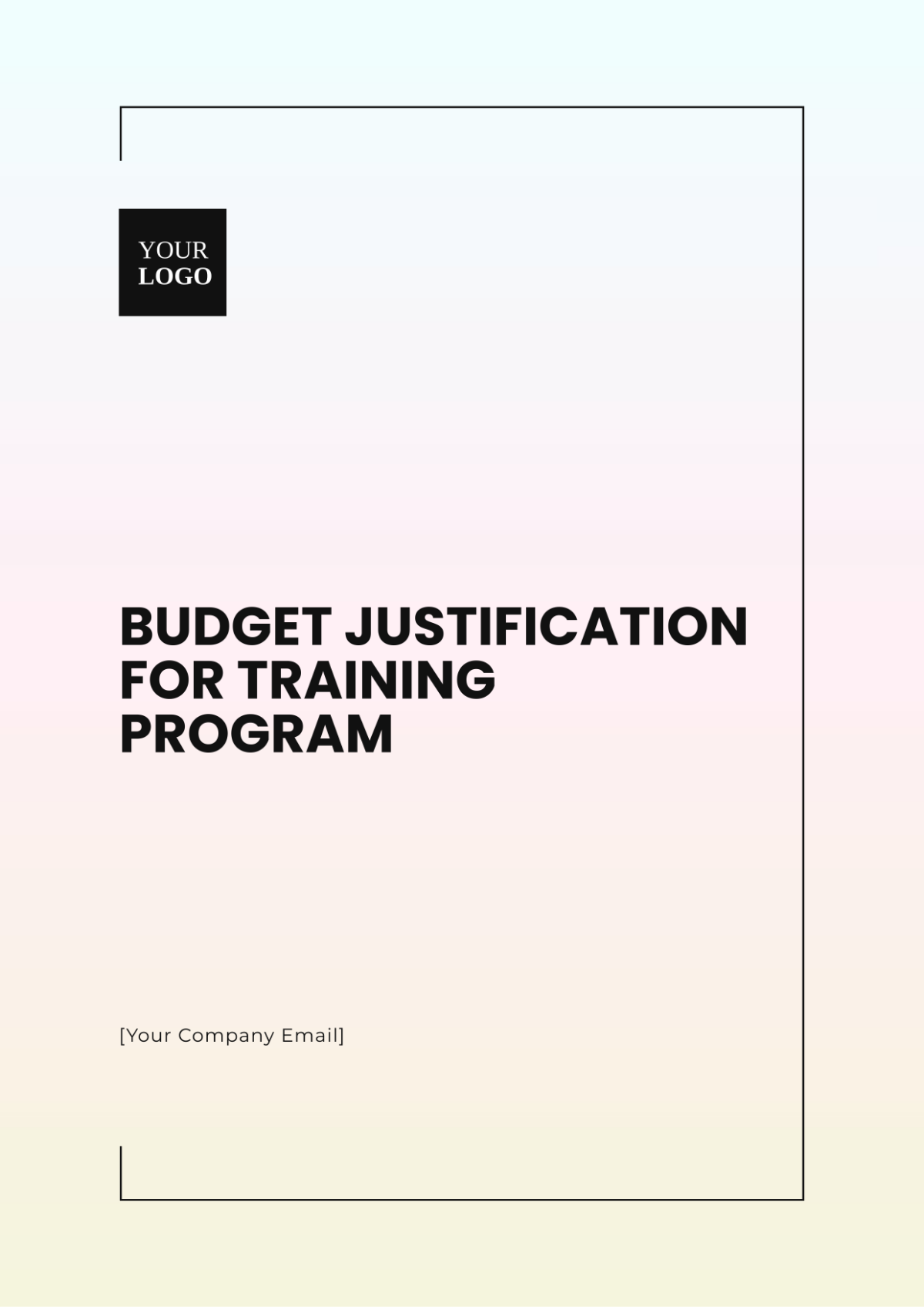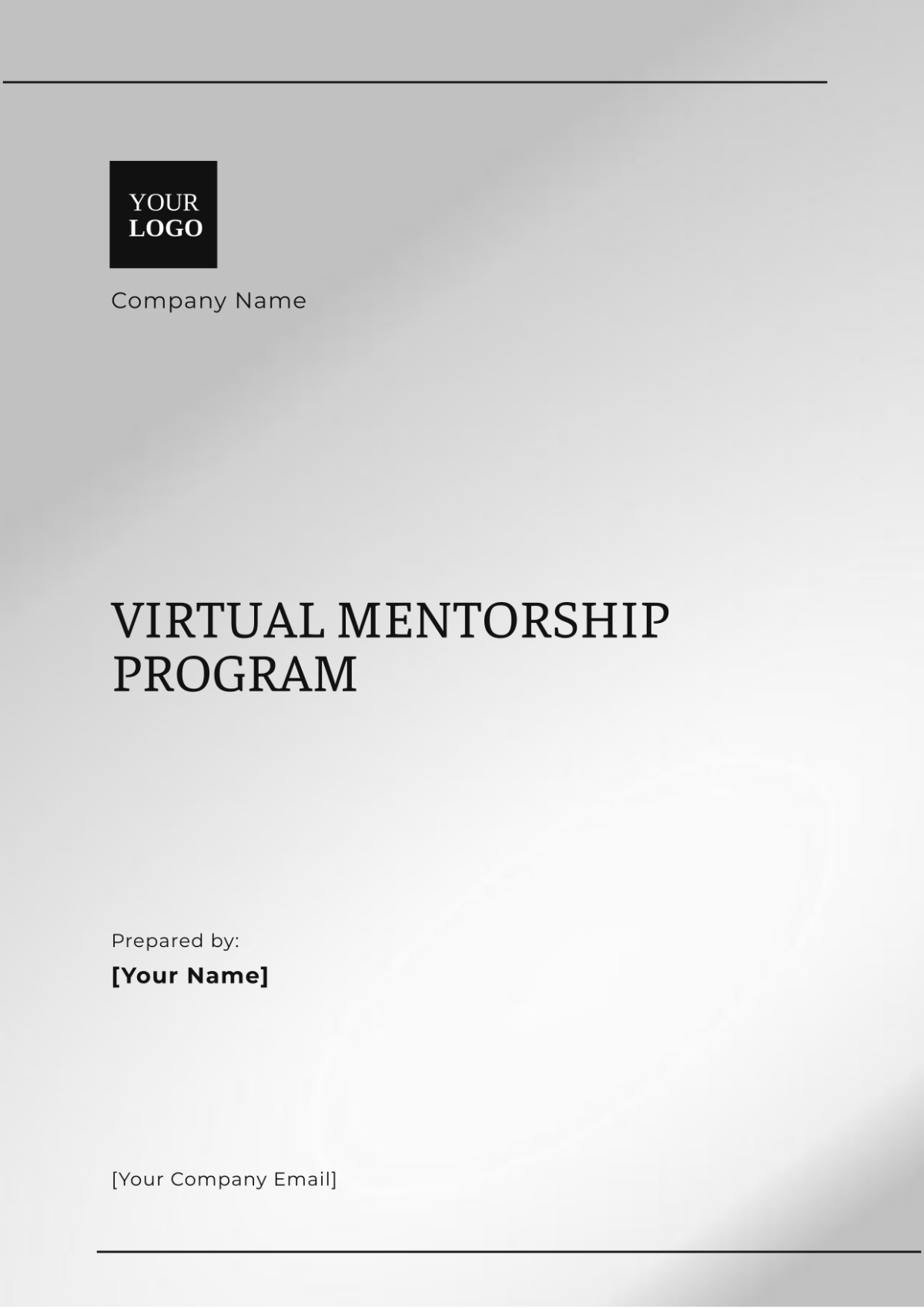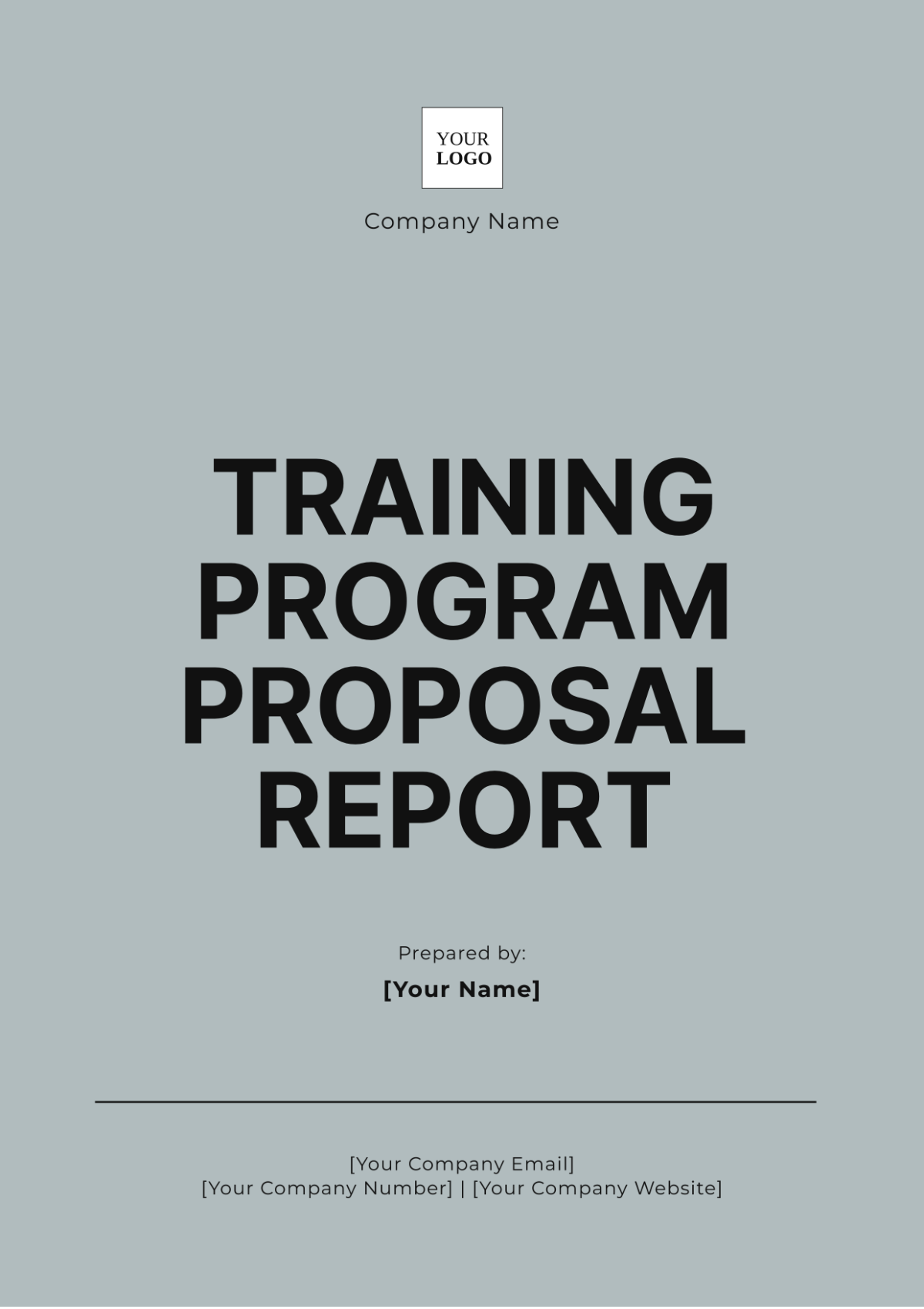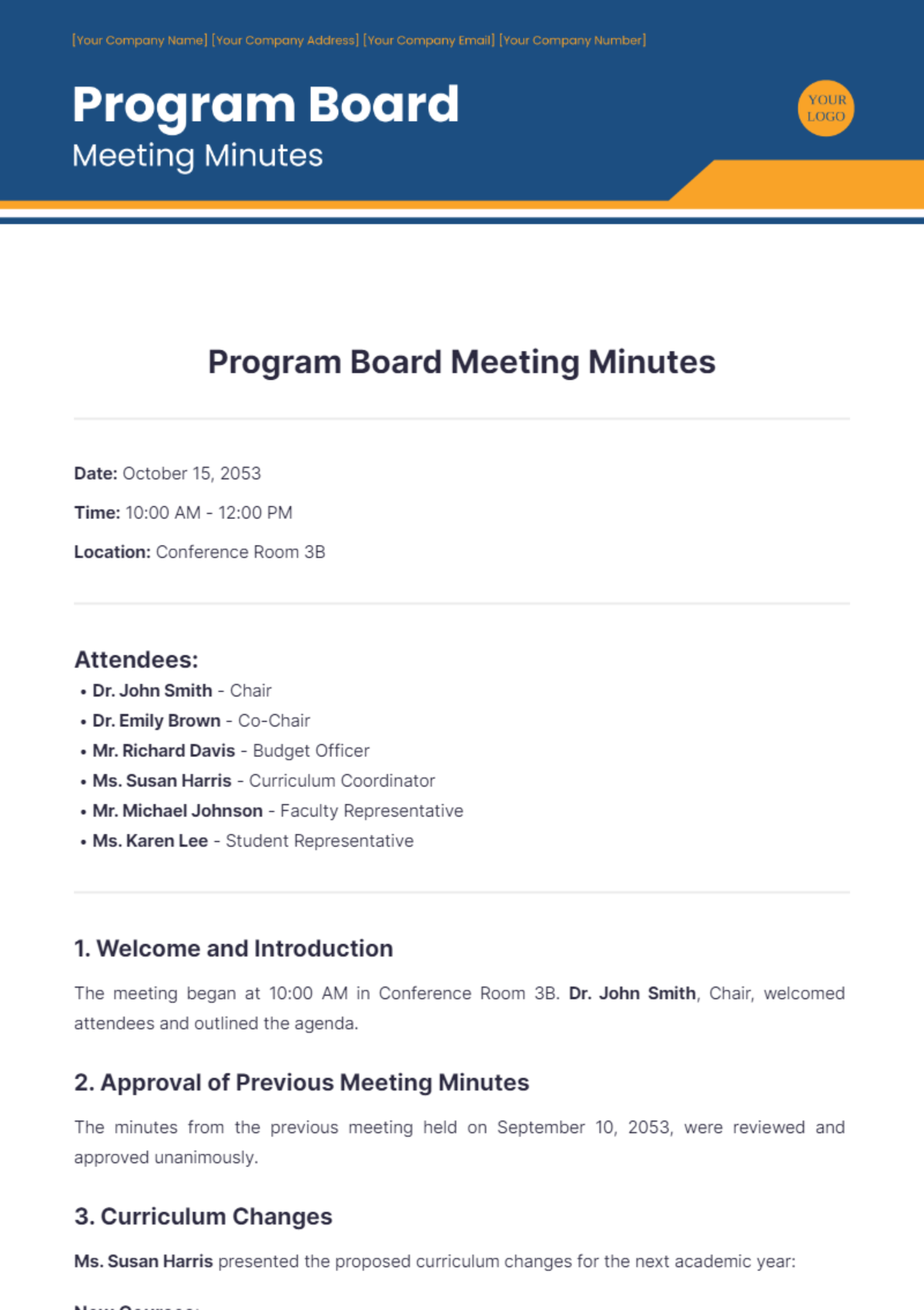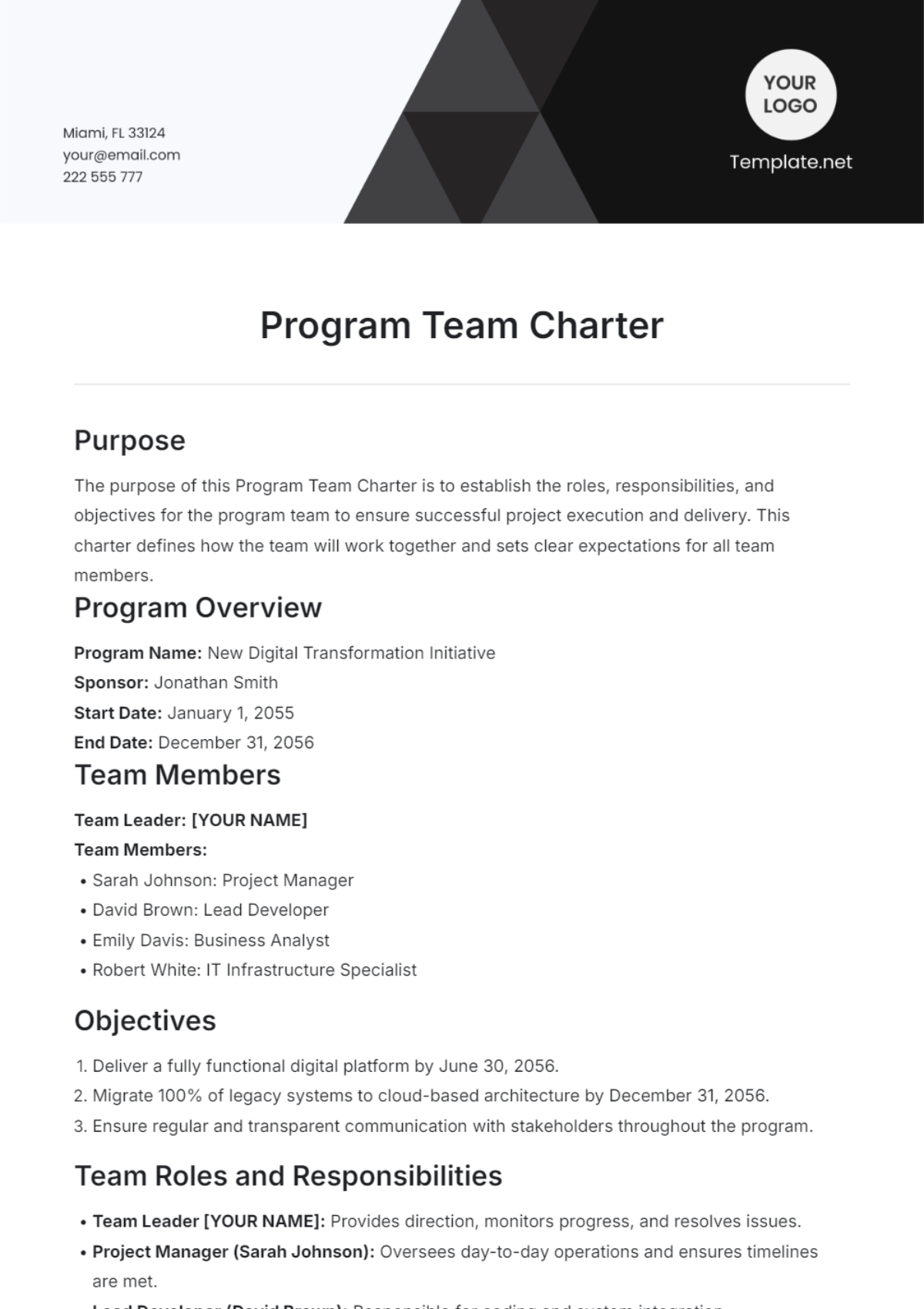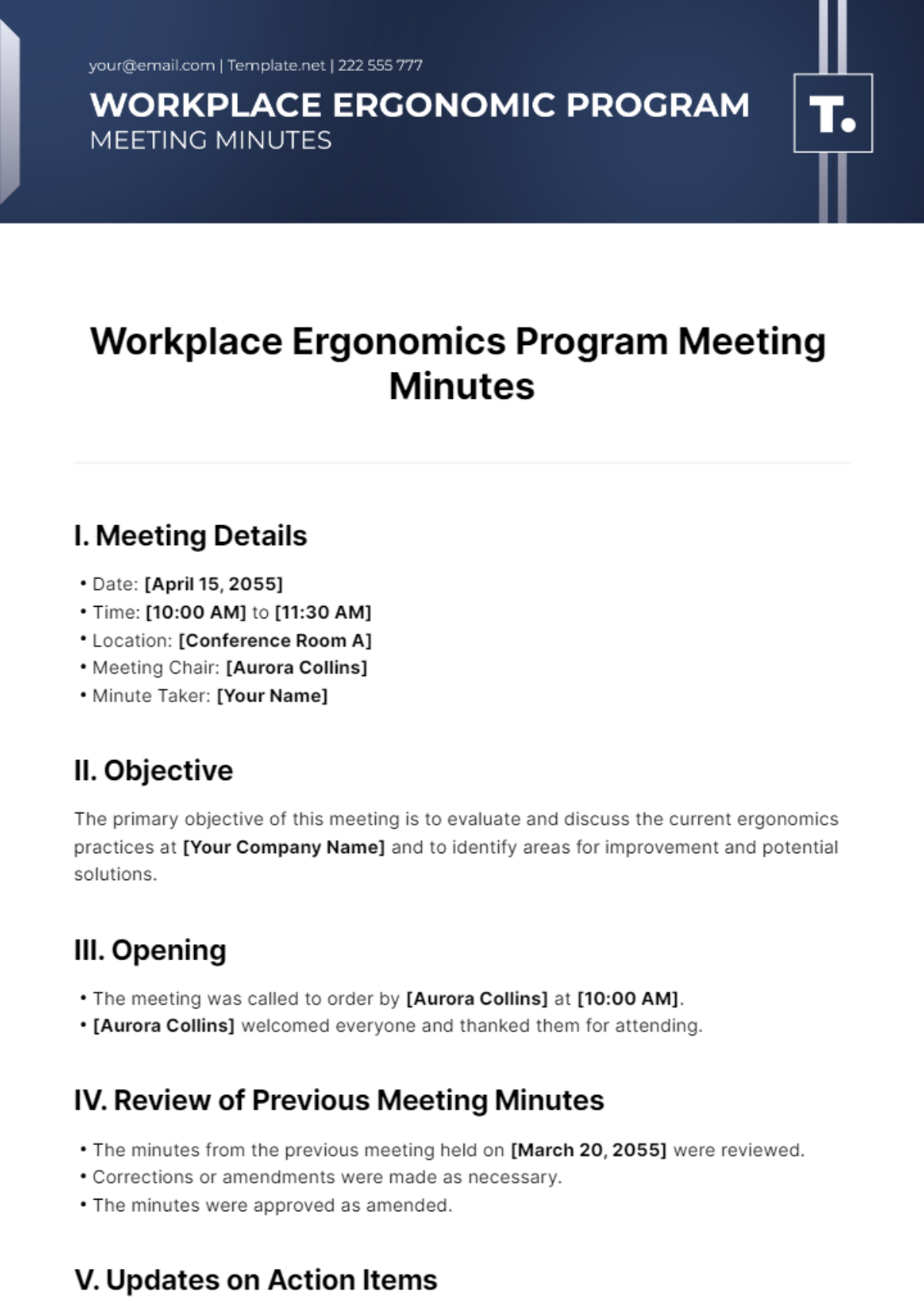PROGRAM MANAGEMENT REVIEW
Prepared by: [Your Name]
Company: [Your Company Name]
Executive Summary
As the Program Manager of the "Urban Green Spaces Initiative" for the year 2051, I am pleased to present this comprehensive review. The initiative aims to increase the number of green spaces in urban areas by 25% over five years to improve air quality, enhance community well-being, and promote biodiversity. In this review, I will highlight our program's key performance metrics, progress, financials, risk and issues, and resource utilization, followed by my recommendations and actionable items for the coming year.
Program Overview
The Urban Green Spaces Initiative was launched to address the lack of green spaces in densely populated cities. The program spans across different cities globally, partnering with local governments, environmental organizations, and community groups. Our key objectives include increasing the number of parks, implementing rooftop gardens, and preserving existing urban forests.
Key Goals:
Increase urban green spaces by 25% within five years
Enhance biodiversity by planting native species
Improve air quality in targeted urban areas
Engage communities in green space management
Performance Metrics
Different metrics have been used to track the success of the initiative:
New Green Space Area: Measured in square kilometers added.
Community Engagement: Number of volunteers and events organized.
Biodiversity Index: Number and variety of native species planted.
Air Quality Improvement: Reduction in airborne pollutants measured in key locations.
Progress Report
The Urban Green Spaces Initiative has made significant strides in 2051:
New Parks Added: 15 new parks have been established covering 20 square kilometers.
Rooftop Gardens: 50 buildings have been retrofitted with green rooftops.
Community Involvement: Over 1,200 volunteers participated in tree-planting events throughout the year.
Biodiversity: 30 different native plant species have been introduced to urban areas.
Budget and Financials
The program's budget for 2051 was $25 million. Here's the breakdown of expenses:
Land Acquisition and Development: $10 million
Community Programs and Outreach: $5 million
Maintenance and Operations: $4 million
Staff Salaries: $3 million
Research and Development: $3 million
Overall, we utilized 92% of the allocated budget, leaving a balance of $2 million to be rolled over to the next fiscal year.
Risk and Issues
Several risks and issues were identified during the program execution:
Land Acquisition Challenges: Difficulty in acquiring land in densely populated areas.
Financial Constraints: The necessity for additional funding to expand program offerings.
Community Engagement: Varying levels of participation and interest among different urban neighborhoods.
Resource Utilization
The program made efficient use of its resources in 2051:
Human Resources: 50 full-time staff members managing various aspects of the program.
Volunteers: Over 1,200 volunteers contributed to various events and activities.
Partnerships: Collaborated with 20 local organizations to maximize impact.
Recommendations and Action Items
To ensure continued success, I recommend the following actions:
Expand Funding Sources: Seek additional funding and grants from both governmental and non-governmental organizations.
Improve Land Acquisition Strategies: Work closely with local authorities to streamline the process of acquiring land for new green spaces.
Increase Community Engagement: Develop more targeted and creative engagement strategies to involve a broader segment of the community.
Enhance Biodiversity Efforts: Partner with botanical gardens and universities to further increase the variety of native plants introduced.
Action Items for the Next Year:
Conduct a detailed review of land acquisition processes to identify potential improvements.
Develop a proposal for additional funding and present it to potential investors and government bodies.
Design and implement new community outreach programs to boost volunteer involvement.
Plan and execute a large-scale biodiversity project involving local schools and universities.

